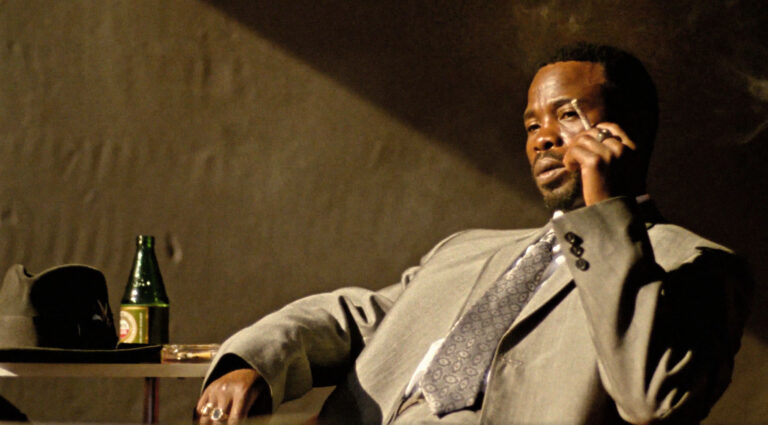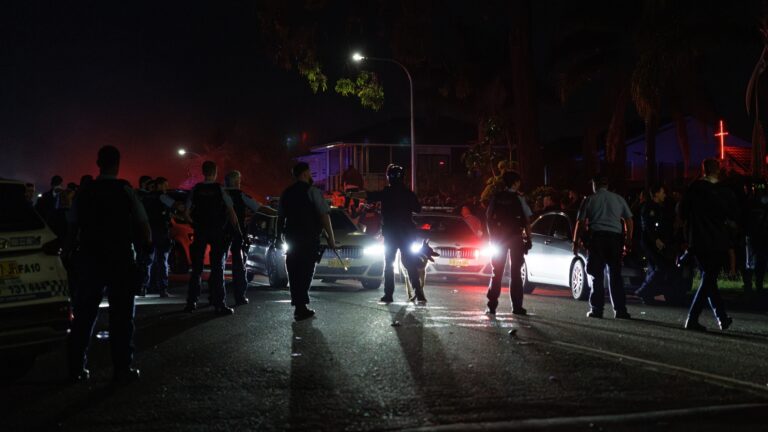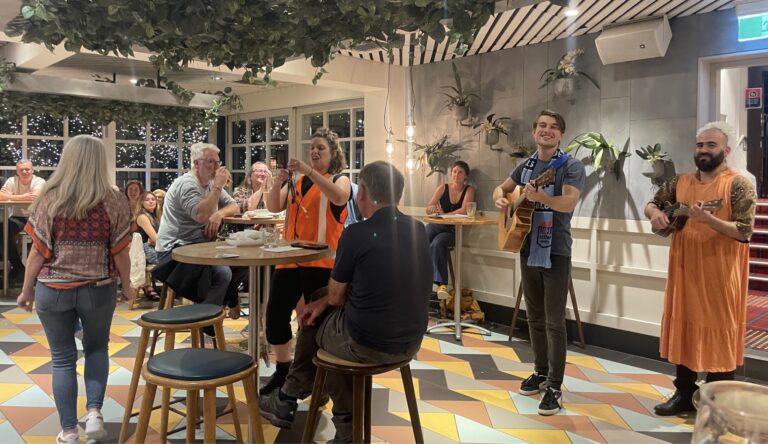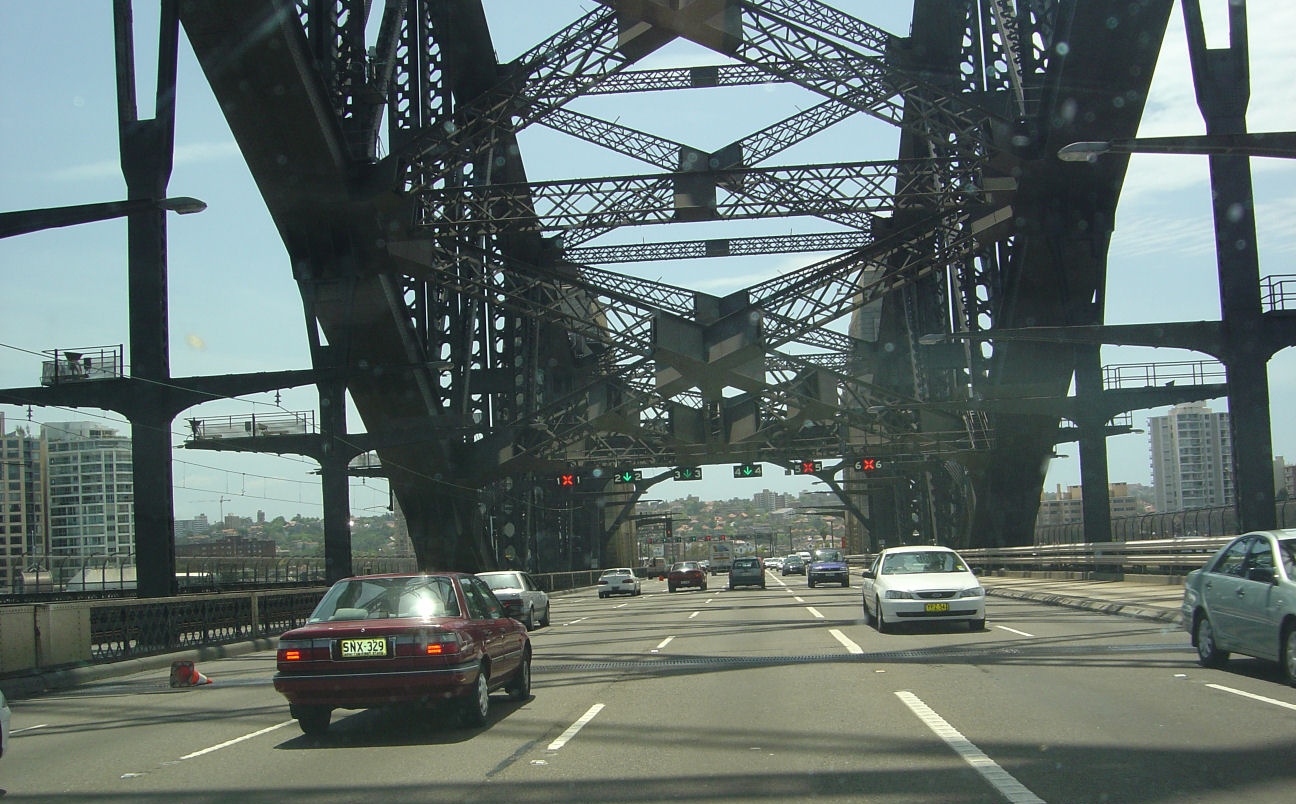
Sydney tastes economic gloom within the boom
COMMENT
The headlines are full of Australia’s economic miracle as it rides out the Global Financial Crisis on the back of its mining boom. But not much of the buried treasure is trickling down to Sydney. This town seems to be suffering a new form of stagflation, that nemesis of the Fraser era. Then, it was rising unemployment coupled with rising inflation, two things that economists had defined as opposing forces.
Sydney today is caught between a similar rock and a hard place with higher unemployment than the national average, falling tourism and fallout from the GFC all squeezing people against rising housing prices and interest rates.
The OECD recently branded Sydney’s housing prices as 50 percent over-priced while rental vacancy rates remain at record lows. Anyone queuing on a Saturday morning to get into a flat for sale or rent knows this first-hand. Then, to get the flat, too many people are overbidding the asking price.
Home auction clearances are booming at 82 percent.
So strong is this housing inflation that a Kings Cross real estate agent told me the global financial crisis had ushered in the best year he had ever had.
Meanwhile ABS statistics show unemployment rates in parts of Sydney to be higher than the 5.3 percent national figure, and trending upwards.
Unemployment in Sydney East (to December ’09) was running at 7.1 percent and in Sydney South at 7.5 percent. This compares to rural towns in NSW like Bogan (6.9 percent) and Bega Valley (7.2 percent).
True, Inner Sydney looks better at 4.3 percent and Sydney City west at 5.6 percent, but the raw numbers in these statistical districts are very small.
From where I sit, running a small design business in the City East, it feels like a recession. An ad for a part-time Senior Design position drew 146 applications. A junior admin job in the public service drew 110.
These are figures you would expect in a downturn, not the bright and shiny economy showing up in national figures.
I am involved in a local project that depends on selling advertising to small business. Even though the offer is extremely good value compared to other media, and we have successfully produced it three times in recent years, now we just can’t fill the space. Businesses keep saying “Sorry, we just don’t have any money to spend.”
A pub in the City north has girls on the street with placards advertising “Recession-buster” meals and drinks at rock-bottom prices. Shop sales seem eternal and ubiquitous.
One of my clients, a city commercial mortgage broker, has laid off all his staff except a part-time office administrator. He says that before the GFC he could draw from 50 lenders. Now he’s down to five, and lenders are insisting that borrowers prove they are already running well into the black, have cash in hand and are demanding higher interest, up to 10 percent, against lower LVRs (Loan to value ratios). In other words, only the people who don’t need a loan can get one.
I am feeling the flow-on because the broker is no longer producing the regular client newsletters I used to design for him.
I contacted five economists to get expert comment but they all said completely different things, confirming the adage that if you lined up all the economists in the world end-to-end they would all point in different directions.
So I will stick to my own street-view of events, which may suffer from myopia but are at least grounded at some point in reality.
The stagflation theory makes sense in terms of the world economy.
Tourism NSW figures show overseas visitors were down by 6 percent last year, many downshifting to lower budget backpacking which increased by 1.3 percent.
Domestic overnight visitors were down by 14.6 percent and spent 15.2 percent fewer nights here than the year before.
There are factors behind Sydney’s malaise other than the GFC. The political instability in Thailand, a frequent stopover on a trip to Australia, could be diverting travellers, along with relatively high local fuel prices while the record highs of the Australian dollar makes a holiday here more expensive.
Ironically the recession is helping the rise in backpackers. Peter Miller from Great Aussie Backpackers in Kings Cross frequently meets overseas professionals who have been retrenched.
“You might get an engineer with a redundancy payout who knows there won’t be any jobs for a while so he takes a job at MacDonalds in the meantime,” he explained.
“But that doesn’t look too good on your CV so you come to Sydney and work in MacDonalds here and fill in the CV gap with Overseas Travel.”
While the GFC hit Sydney hardest because it is a big financial centre, the town is also suffering from traffic congestion costs increased by lack of public transport. It also lacks the street economy that helps Asian cities ride out recessions because such small businesses are banned. Add to this the City’s war on nightlife which entails routine refusal of late night food businesses, is shutting down live music venues and has frozen gapprovals for pubs and clubs, and the economic outlook for this town looks a lot bleaker than mainstream news reports portray.
by Michael Gormly









